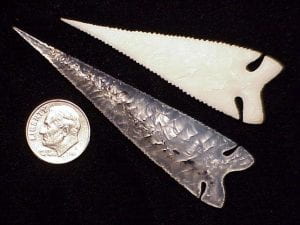For some, this is one of many field schools attended, for others, this is our first field school. For all of us, we are away from friends and family for an extended amount of time and we all have different strategies for connecting from the field.

Most people assume that when you go into an archaeology field project you are completely cut off from your friends and family. For most field projects this is accurate, however here in the Field Methods in Indigenous Archaeology field school at Grand Ronde we are lucky enough to have cell reception and WiFi in camp. During field trips and field work we don’t always have it, and sometimes the cell reception or wifi signals are not strong enough to communicate but they bounce back fairly quickly.
A majority of us here are experienced with staying away from home or live on their own so connecting with friends and family is more casual or sparse, so to connect with friends and family they just send Snapchats or texts every once in a while.
Some of us live close enough to the campgrounds and sites that we can commute to and from home every day. Others wait until the weekend rolls around to go home and spend time with family.
For me this is my first time living (if temporarily) on my own away from my family and friends so I take advantage of the cell service and WiFi to stay connected with family and friends. I’ve been sending pictures texts to my grandparents (my grandpa is slowly learning how to text) and I send a few pictures to my friends too.

Figuring out what to send can be difficult because I brought a regular camera to record my stay here which I will eventually share with everyone. But I like sending little updates or funny moments that happen when my camera is not out.

It’s been an interesting experience living away from everyone I know but it’s been really satisfying to learn that I can feel comfortable living on my own and meeting new people.













